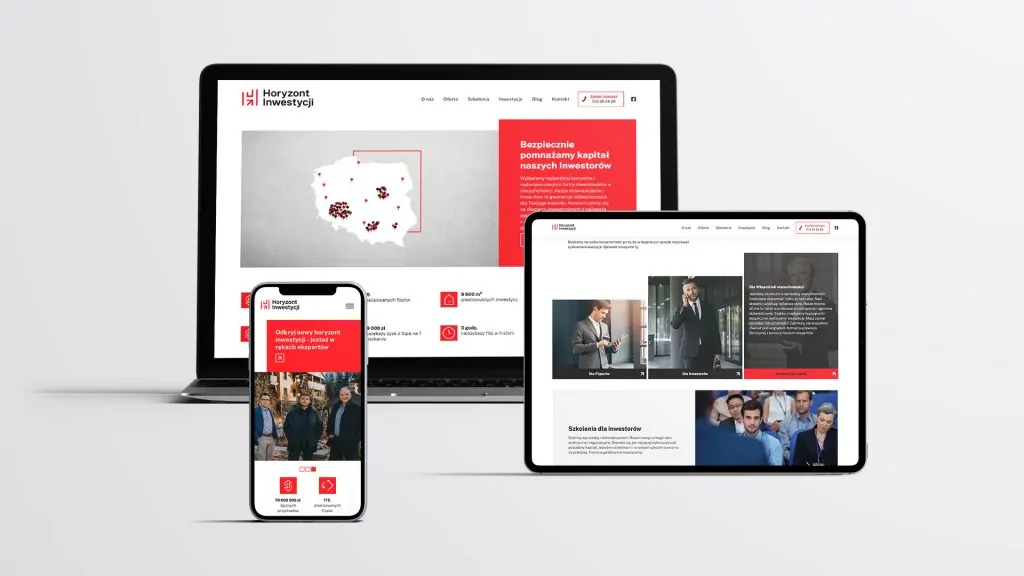The concept of feedforward has already passed into everyday language and has transcended the business world. But what then is feedforward? What meaning can it have for you and your employee?
Feedforward a feedback
Feedback is the so-called Feedback. So it necessarily refers to what has already happened - the employee has done something, and you evaluate his behavior. Feedforward is an approach proposed by business coach Marshall Goldsmith. He noticed that in the work of an adviser or motivator, what matters more proposing new ideasthat will solve old difficulties, instead of criticism or praise. He found that a similar approach can work in the business world, especially in employer-employee communication.
Feedforward - a practical example
Avraham D. Kruger and Dina Nir give an interesting example of the use of this method in their paper 'The feedforward interview', published in 2010 in Human Resource Management Review. There they describe the case of a school principal who used this method when interviewing an employee he already wanted to dismiss. However, instead of giving him feedback about his poor performance at work, at the researchers' insistence he asked him for an example of a work situation in which he had done well. The answer surprised him: the employee frankly admitted that there had been no such occasions recently. He began to explain why this was the case and, on his own initiative, to suggest what could change to make the results better. The meeting ended in a cheerful atmosphere, the employee showed that he still had a lot to offer and the employer looked at him in a new light. If instead of an approach feedforward simply criticised him for his mistakes, it is likely that the conversation would be unpleasant, the employee would shut down even more and the boss would eventually have to fire him.
Feedforward: The Only Method for Millennials?
The youngest generations on the labor market are known to dislike criticism. The "generation of unicorns" wants to fulfill themselves at work, set goals and does not like being pointed out at their mistakes. These are exactly what you can reach with feedforward as methods of solving problems in the organization. A young employee will not be discouraged when you offer him new solutions. An experienced manager, on the other hand, will feel better to receive some kind of coaching, rather than to talk about past shortcomings. All this has a positive effect on employer branding, a internal communication in the company becomes more effective.

Advantages of a feedforward approach
Workers' requirements for the workplace are increasing. Approaches type sieve method cease to work. News travels quickly about a toxic work environment and workers avoid such places. Today, feedforward is a novelty, but it is possible that it will soon become a market standard. There is already a lot of talk about having a non-violent dialogue and not excluding workers. Feedforward as a method fits perfectly into this type of approach. The working environment in which the boss makes it clear what he thinks of an employee's mistakes is slowly becoming a thing of the past.
This is also convenient from the boss's point of view. It allows you to skip the unpleasant and time-consuming step of feedback and get straight to the specifics. Criticising employees and pointing out their mistakes is not pleasant. Particularly as it may not result in anything anyway. Here you leave the judgement to yourself, but you can get straight down to what will bring development to your company. If your company feedback is usually given as a group or as part of a team, this approach feedforward will significantly reduce tension and improve the wellbeing of employees. It is a set of tips and ideas for the future tailored to individual predispositions. It will work much better than pointing out faults to one employee while another receives praise... This way, there is also no misunderstanding. Instead of listing the employee's pluses and minuses, in the approach feedforward you tell him specifically how he can achieve the results you want. This gives him more certainty later on during the next review of his performance - if he has done as you have agreed, the responsibility for the outcome no longer lies with him.
Are you wondering how to make your employees become the best brand ambassadors?
We will help you use your most valuable resource!
When does it work (and when does it not)?
This technique will also work if you are taking over a team and need to review its performance. In such a situation, there is no point in focusing on the past and employees should find out your preferences for the future as soon as possible. This is a gentle way of 'talking down' even to an experienced employee. In companies where the feedforward approach is used, employees are more satisfied with their jobs. They often have a sense of empowerment and are more open with their employer, knowing the chance for a two-way dialogue.
It will be a bit worse when the employee does not show willingness to change. Method feedforward can keep him convinced for a long time that he is doing everything right. He will not hear criticism, his individual successes will also not be appreciated, and he may ignore any remarks for the future.

How do you introduce feedforward in your company?
From the technique feedforward benefit corporations such as Deloitte, Google or Adobe. However, it is worth noting that each uses a mix of methods, including their own proprietary methodologies. Feedforward is there next to face-to-face meetings, consultations and sharing impressions. And what all the approaches have in common is regularity. Both feedback and feedforward must be given at regular intervals, giving the employee a clear framework for making changes.
The creator of the method in his book "What Got You Here Won't Get You There" lists four steps to follow feedforward in practice:
- identifying a habit or behavior that needs to change;
- information on the result you expect in the future in a face to face interview;
- hearing employee ideas without criticism or evaluation;
- Putting a jointly developed plan into practice.
If your employee is not motivated to work because they feel they have no influence over anything, then feedforward can give him wings. Sometimes such a resigned crew member starts to gush with ideas for improving the company situation. If only he knows that he is being listened to by his boss. As you can see, the method feedforward requires changes not only from the employee, but also from their manager. For more Commplace advice - work, HR and business - visit our blog.
Feedforward as a staff development tool
Contemporary management methods are increasingly turning to feedforward, focusing on future actions and opportunities for improvement, rather than analysing past mistakes. This approach, introduced by Marshall Goldsmith, enables employees to look ahead and focus on achieving better results.
Practical application of feedforward
An example of the use of feedforward can be when a manager, instead of criticising an employee for project delays, proposes to jointly develop an action plan to improve punctuality in the future. This approach builds a positive feedback relationship and motivates constructive change.
Benefits of implementing feedforward in the organisation
Implementation feedforward in the company brings numerous benefits, such as increased employee engagement, improved team communication and better alignment of activities with organisational goals. A focus on the future promotes innovation and proactive decision-making.
The role of employer branding agencies in promoting feedforward
Introduction feedforward as an element of organisational culture can be supported by the employer branding agencywhich will help to build a positive employer image. A professional approach to communication with employees influences their satisfaction and loyalty to the company.
Summary
Feedforward is an effective tool to support employee and organisational development, enabling a glimpse into the future and focus on achieving better results. Its use, in conjunction with activities in the employer branding, contributes to building a strong and committed workforce.Feedforward is an effective tool to support employee and organisational development, enabling a glimpse into the future and focus on achieving better results. Its use, in conjunction with activities in the employer branding, contributes to building a strong and committed workforce.

